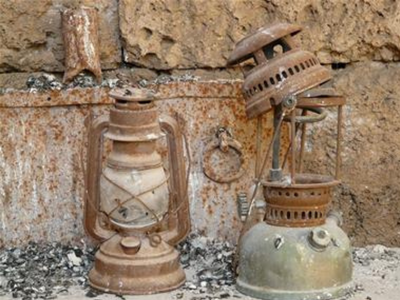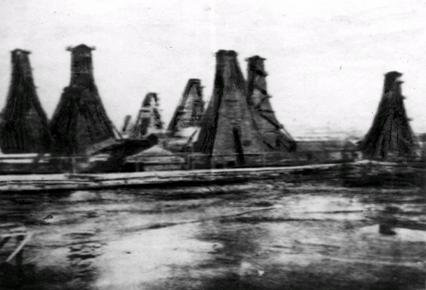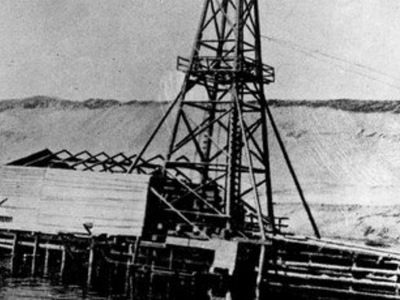HISTORY OF AZERBAIJAN OIL AND GAS

Alexander the Great’s (356-323 BC) army used oil exported from Absheron in pottery containers for lighting purposes. Further, Alexander indicated that the Girkan Sea (Caspian Sea) region residents (Girkans, Medes, and others) used oil-filled wick lamps.

Science has shown that people were aware of such natural resources such as oil and gas, approximately 8,000 years ago. Excavations conducted in the “Asphalt Lake” in Azerbaijan’s Binagadi region prove that ancient people were digging oil wells within the Quarternary Period.
Arap seyyah Ahmed El-Belazuri Ülkelerin Fetihleri (Invasion of Countries) adlı kitabında, Abşeron’daki siyasi ve ekonomik yaşamın antik dönemlerden itibaren petrolle bağlantılı olduğunu belirtiyor. Arab traveler Ahmad Al-Balazuri indicated in his book “Invasion of Countries” that political and economic life on Absheron had been linked with oil since ancient times.
Al-Biruni mentioned Baku as “a white oil field.”

The famous traveler Marco Polo (1254 - 1324), visiting China through the Great Silk Route, noted that an oil trade flourished around Baku city, and its residents extracted oil leaking from the sand.
According to the Iranian historian Amin Ahmad Razi, there were up to 500 oil pits and wells around Baku to produce white and black oil.
The Moscow Company, founded in London, sent its oil trade agents to Baku through Russia.
According to an inscription discovered on a stone in one of the oil wells of the Balakhani area, a 35-meter deep well was dug and put into use by oilman Allahyar Mammadnur.
Evliya Çelebi, visiting Baku, gave information about the oil companies operating there. He also mentioned the local oil deposits, the color variety of the oil produced in the region, and the annual profits obtained from the export of oil to Iran, Central Asia, the Ottoman Empire, and India.
The employee and doctor of Russia’s embassy in Iran, Ioann Lerkh, visited Baku and recorded detailed information about the oil fields in Absheron, stating that oil had been produced there for centuries and was widely used as fuel in both industry and households.

